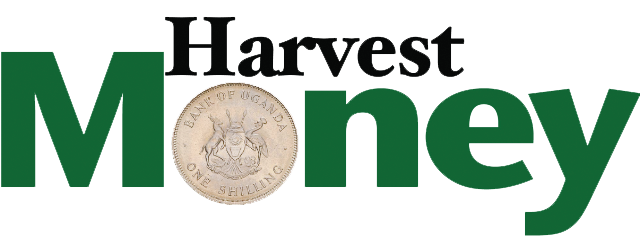In dairy farming, the early growth and nutrition of a calf play a critical role in shaping its future productivity.
One of the most important milestones during this period is the gradual transition from milk to solid feeds such as grass.
This stage demands careful attention from farmers, as it directly influences the calf’s digestive development, future milk yield, and overall health.
Understanding when and how to introduce grass, usually between two and four months, is essential for raising strong, disease-resistant animals that will thrive in the long-term dairy enterprise.
According to Tereza Nsabimaana, a dairy farmer from Kabende village in Kabarole district, calves naturally start nibbling grass between the second and fourth month.
“At around two months, I introduce soft, young grass to help the calf slowly develop its rumen. I don’t stop the milk immediately, but I reduce it gradually as they start eating more grass”, she says.
Joseph Bukenya, another dairy farmer, says the process depends on the calf’s health and environment.
“Some calves may show interest in grass earlier than others. I usually observe them closely and provide clean, chopped grass once I see them nibbling.”
Charles Kintu, a veterinary doctor, explains the science behind it.
“Calves are born with an undeveloped rumen, the part of the stomach responsible for digesting fibrous feeds. Introducing grass around two to three months helps the rumen mature properly. By four months, most calves can handle larger quantities of forage.”
He advises farmers to start with soft, green pasture, and avoid dusty, dry or moldy feeds.
“Hygiene is important. Dirty or infected grass can introduce diseases and upset the calf’s digestive system,” Kintu advises.
Introducing grass at the right time not only supports healthy rumen development but also prepares the calf for early weaning and independent feeding. With proper care and nutrition, this early stage sets the foundation for a strong, high-yielding dairy cow in the future.





